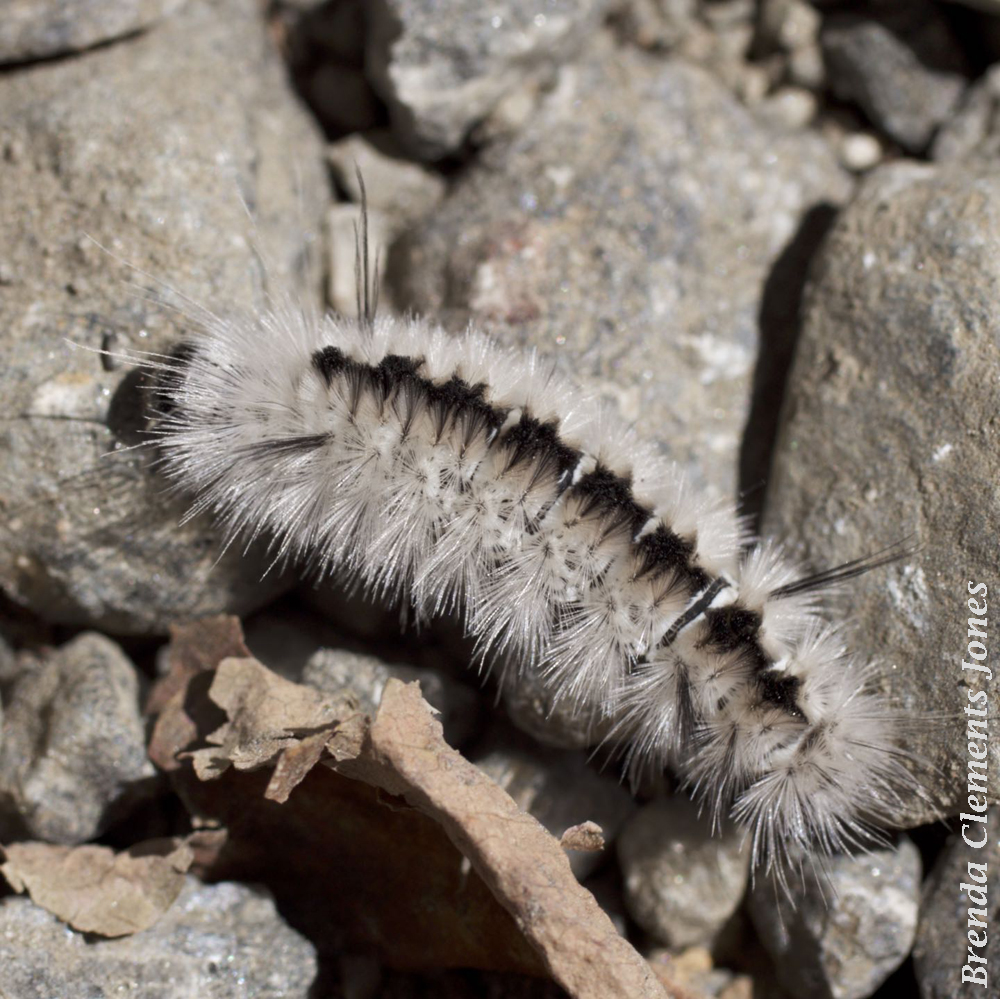-
Larger Elm Leaf Beetle
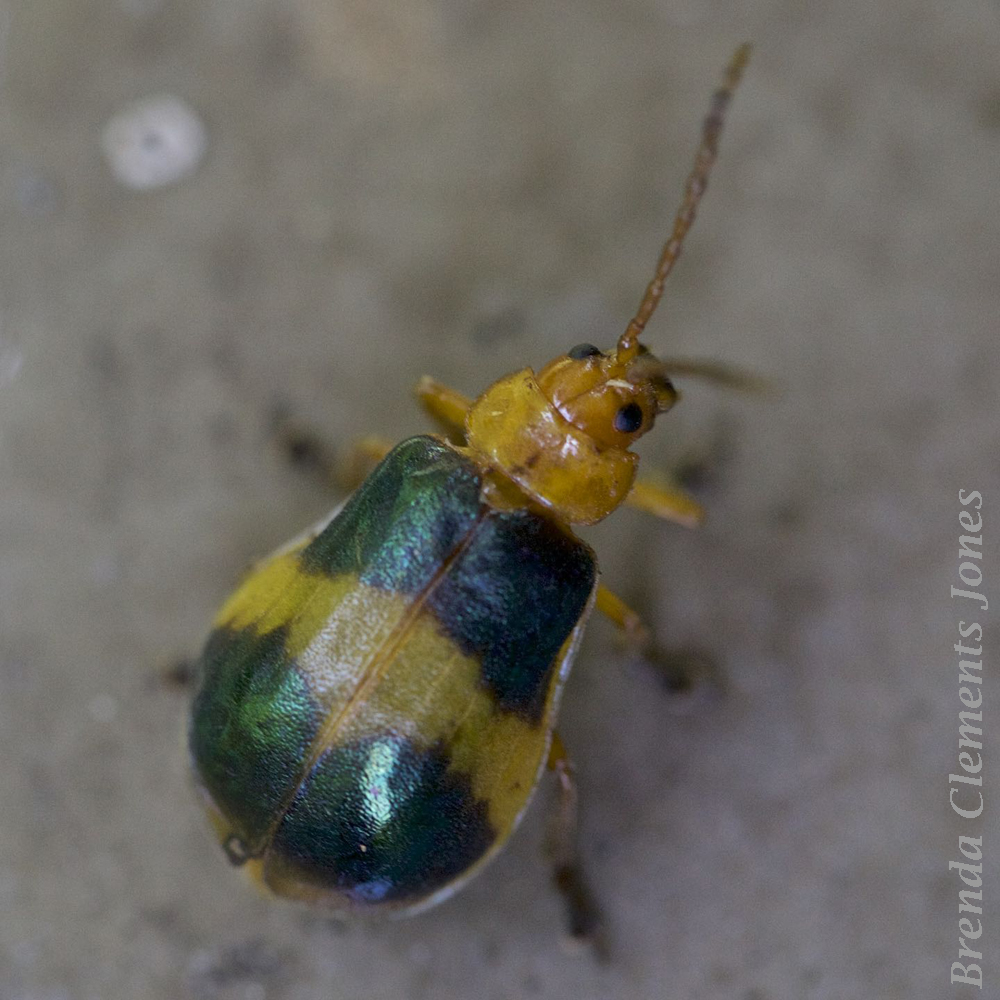
Quite a pretty beetle with its colorful iridescence, the Larger Elm Leaf Beetle can be found in the eastern and southeastern US, from Florida west to Kansas and north to Pennsylvania. Elm is a favorite tree that this beetle feeds on, but it also skeletonizes the leaves of Hawthorn, Hazelnut, Flowering Dogwood, River Birch, Pecan…
-
False Crocus Geometer
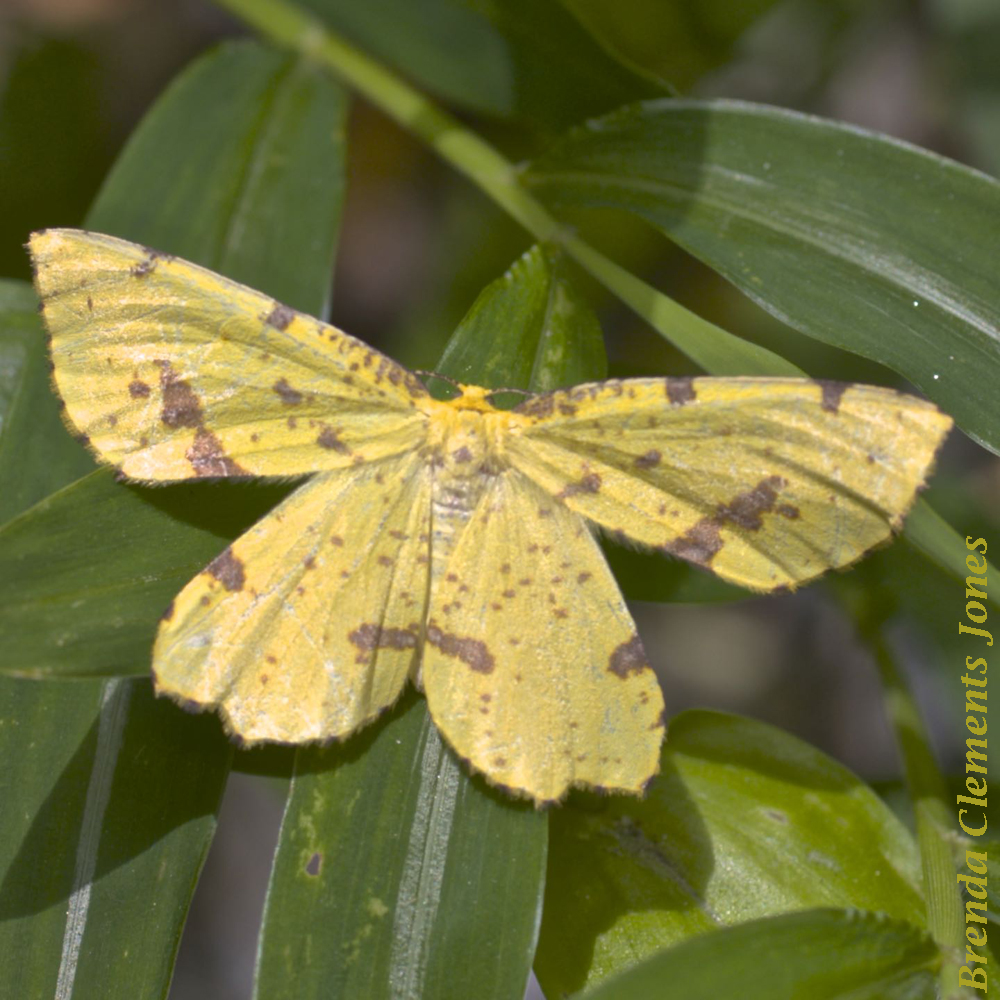
This last day of National Moth Week I’m bringing you the False Crocus Geometer (Xanthotype urticaria). They can be found from Nova Scotia to southern British Columbia, south to Colorado and Georgia. Host plants of this moth include Red Osier Dogwood, Ground Ivy, Catnip, Rhodora and Goldenrods. The larvae look much like little branches or…
-
Black and Yellow Lichen Moth
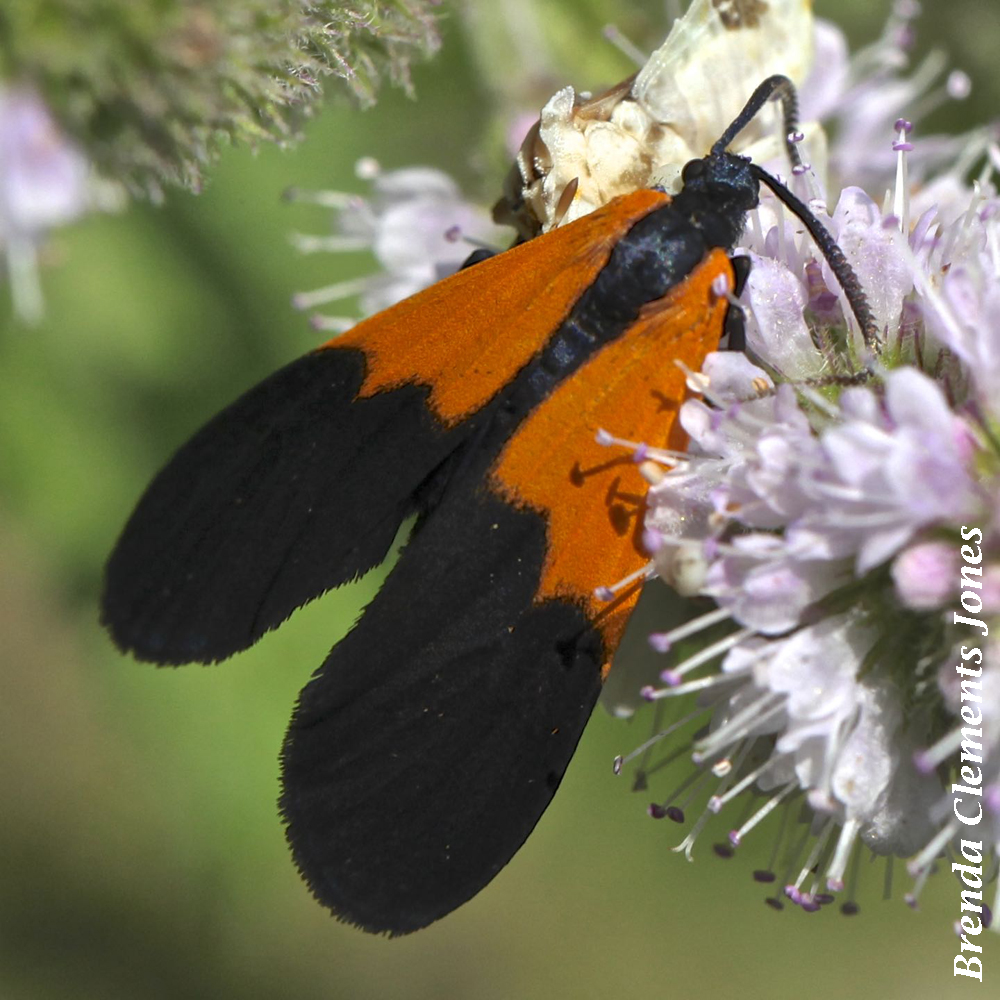
A moth that flies during the day, diurnal. A Black and Yellow Lichen Moth (Lycomorpha pholus). Though the name implies the color yellow you can see that this one, above, is reddish-orange along with the striking black with a subtle blue sheen. Many of this species of moth come in shades of not just yellow…
-
Cherry Scallop Shell Moth
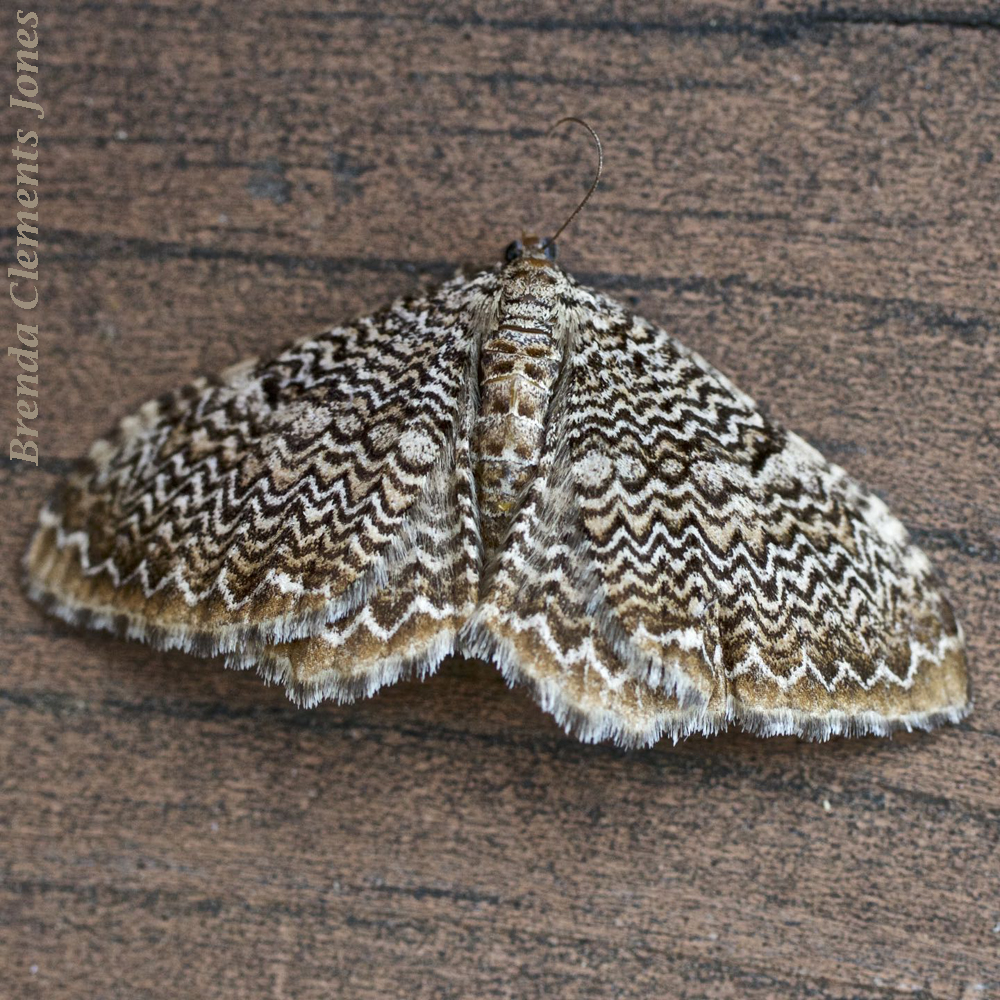
Cherry Scallop Shell Moth (Rheumaptera prunivorata) looking like someone all set to go to the office donned in their favorite warm woolen herringbone business suit. Or perhaps it looks like my tiger-striped kitty that I had when I was little. Tinker. But these wavy stripes are quite distinctive even for a moth. This moth is…
-
Scarlet-winged Lichen Moth
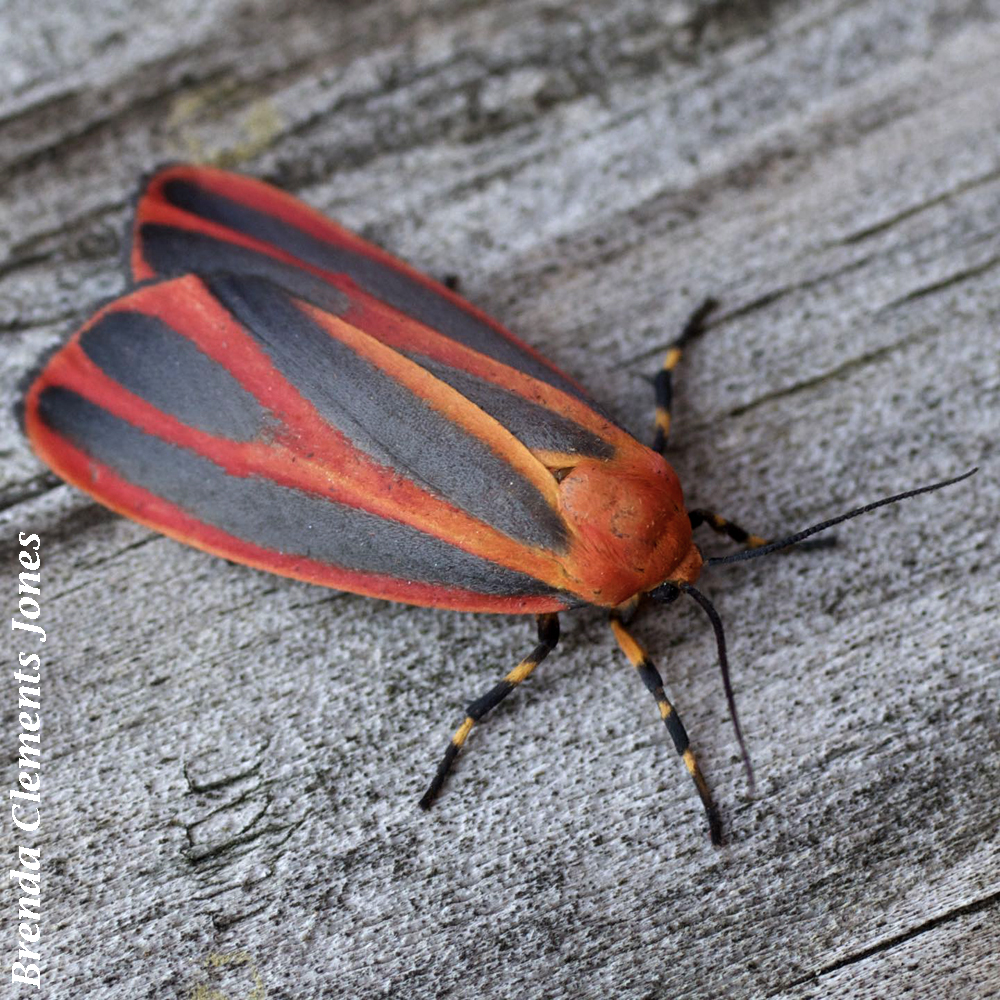
A moth today, in honor of National Moth Week which is July 17th to the 25th. This one, another night flyer who will come to your porch if you leave the light on, Scarlet-winged Lichen Moth (Hypoprepia miniata). Its length is .6 inch to .8 inch. And as the name implies, it’s a mighty pretty…
-
Great Spangled Fritillary
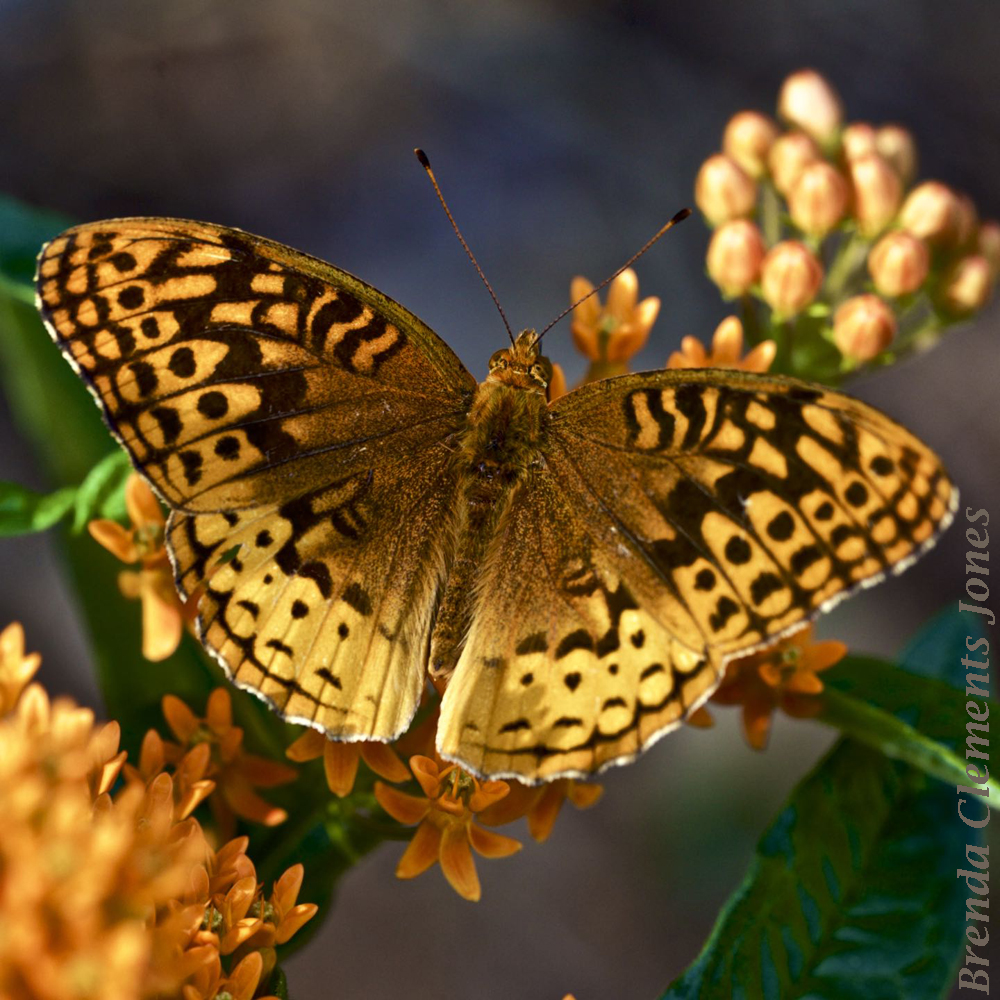
One of many species of Fritillary that depend on native violets as their host plant, Great Spangled Fritillary (Speyeria cybele). They’re seen in the central and northern United States and southern Canada sporting a wingspan of about three inches. Many adult butterflies have a very short life. In contrast, adult Great Spangled Fritillaries live from…
-
Red-spotted Purple
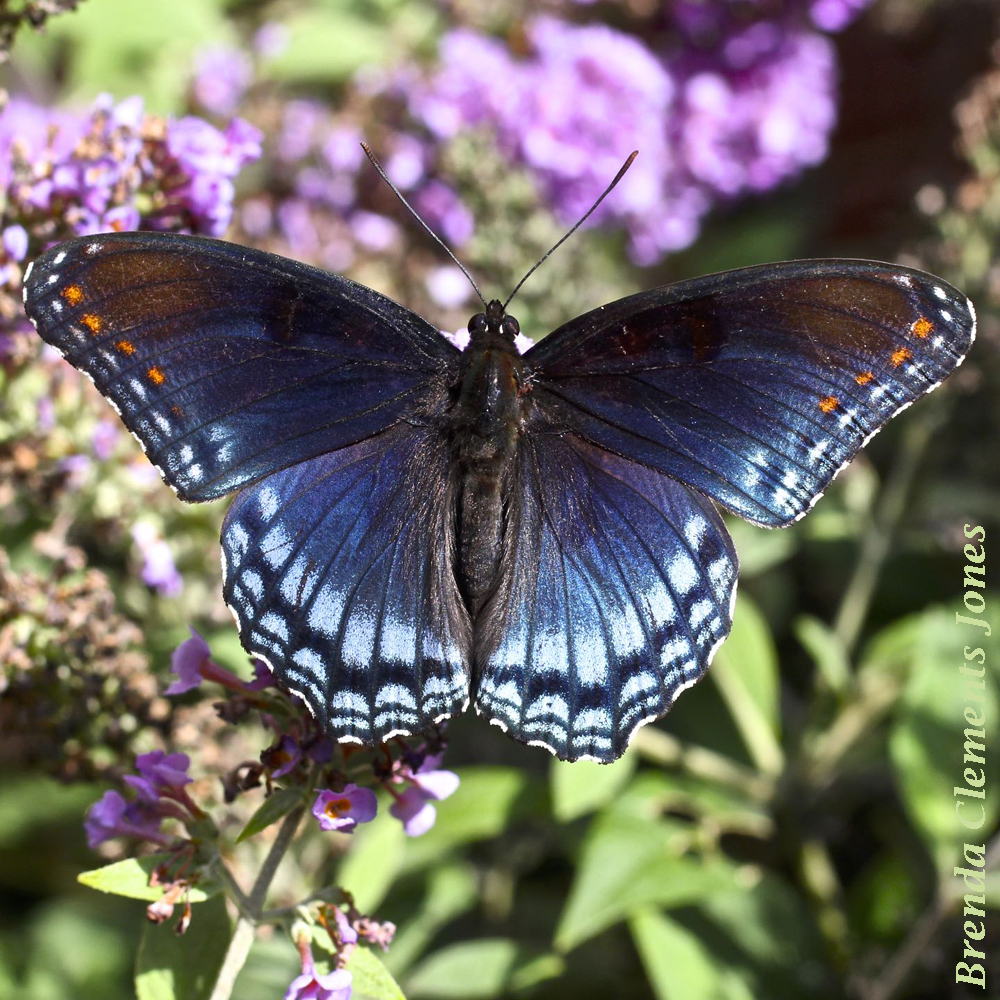
Red-spotted Purple (Limenitis arthemis). With a wingspan of three to three and a half inches. Looking quite handsome with its iridescent blue with tiny orange spots on the dorsal (top) side of its wings. At this point I have to mention that this butterfly is on Butterfly Bush. BUT this plant is NOT in any…
-
Hackberry Emperor
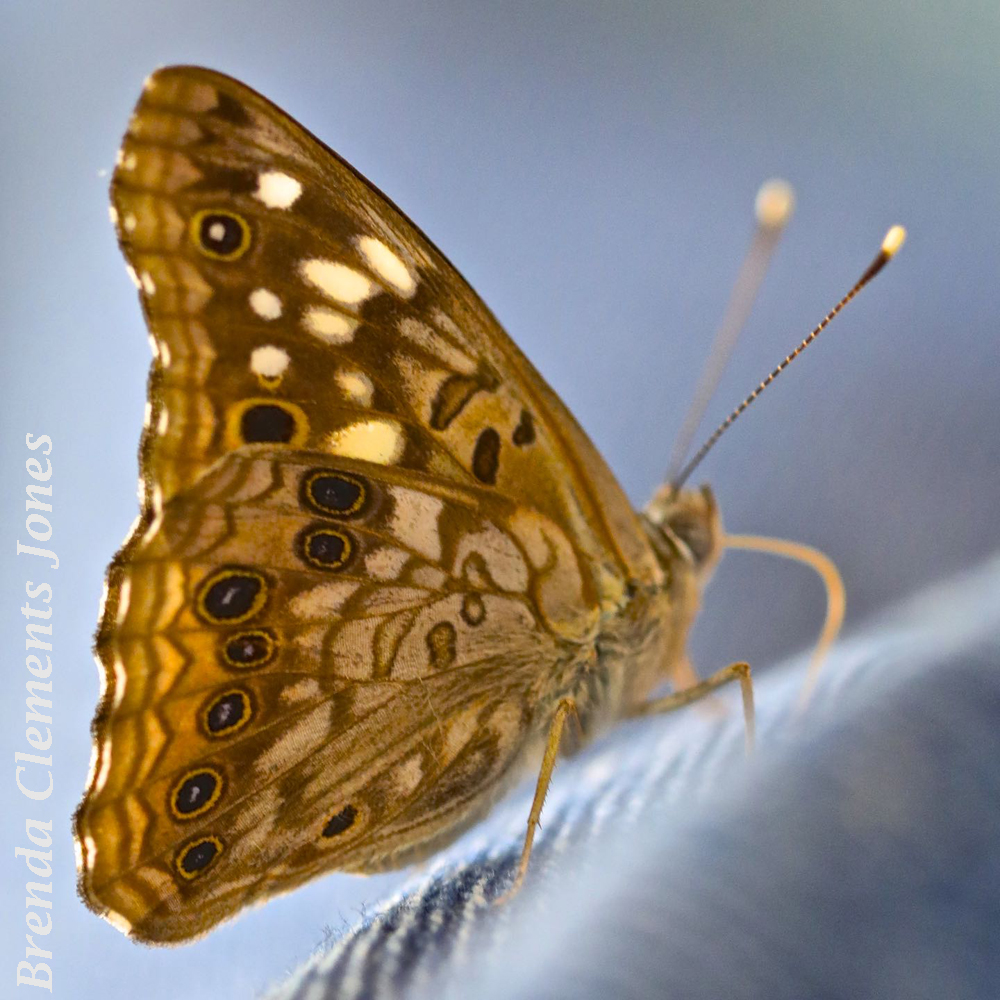
Hackberry Emperor (Asterocampa celtis). A butterfly that lives in a broad swath of North America. Most of the eastern United States, central Plains states, and the southwest mountains; northern Mexico. Its larvae survives exclusively on the many species of Hackberry trees, trees in the genus Celtis. Hackberry Emperors over winter as larvae curled up in a…
-
Jeffersonia or Twinleaf
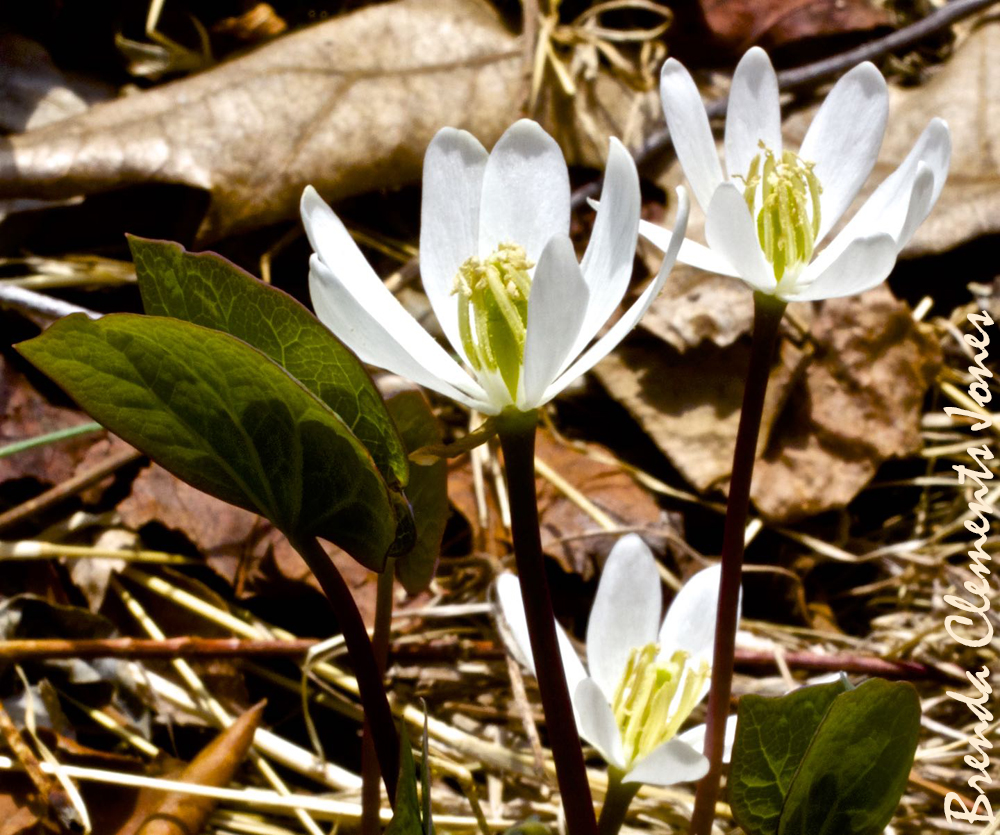
Jeffersonia (Jeffersonia diphylla). In 1792 the botanist Benjamin Smith Barton named this plant after Thomas Jefferson. In 1807 Jefferson had Jeffersonia growing in one of the oval flower beds of Monticello. I’m proud to have something in common with my neighbor Thomas. Within a matter of four weeks I’ll be searching for these little signs…
